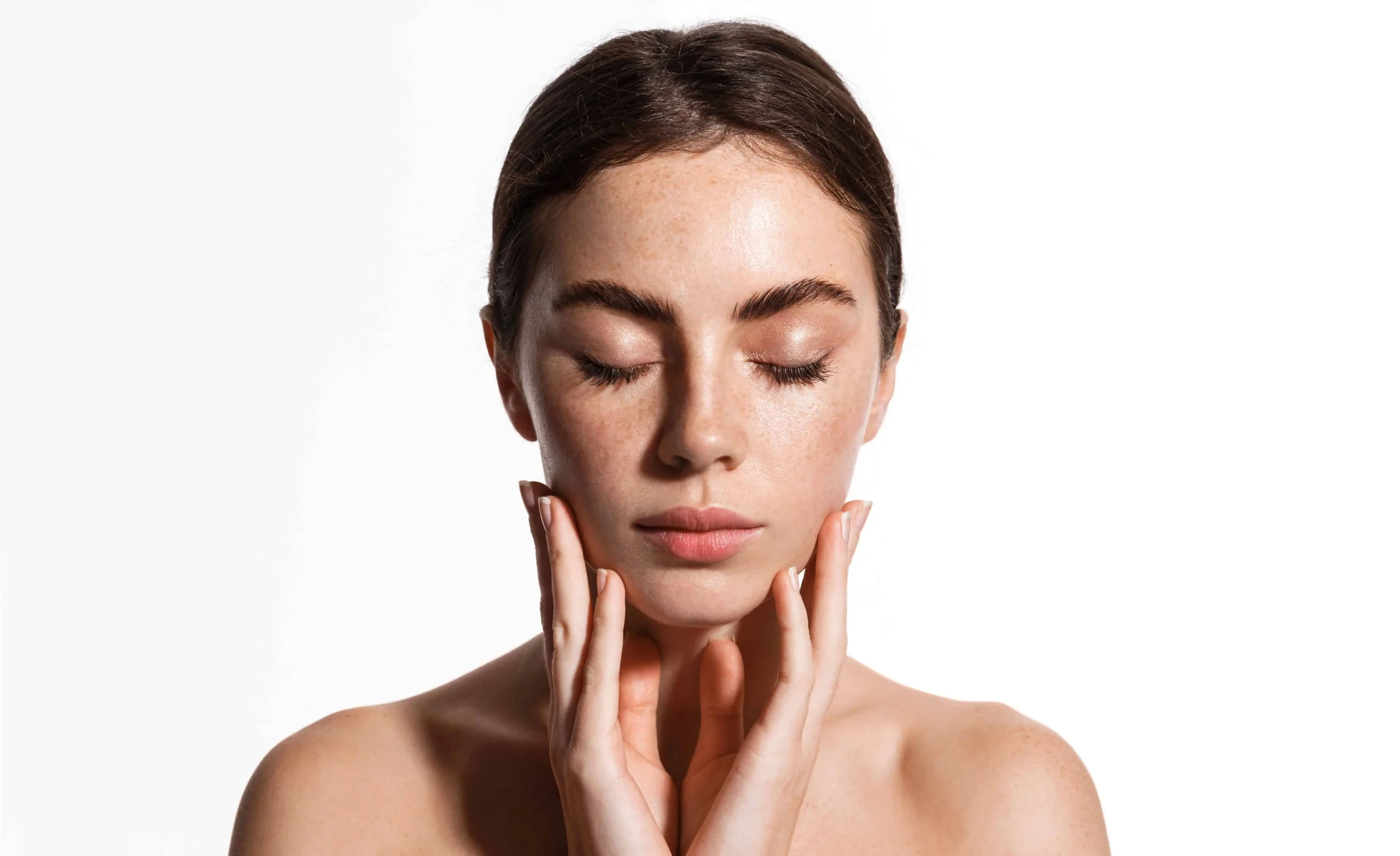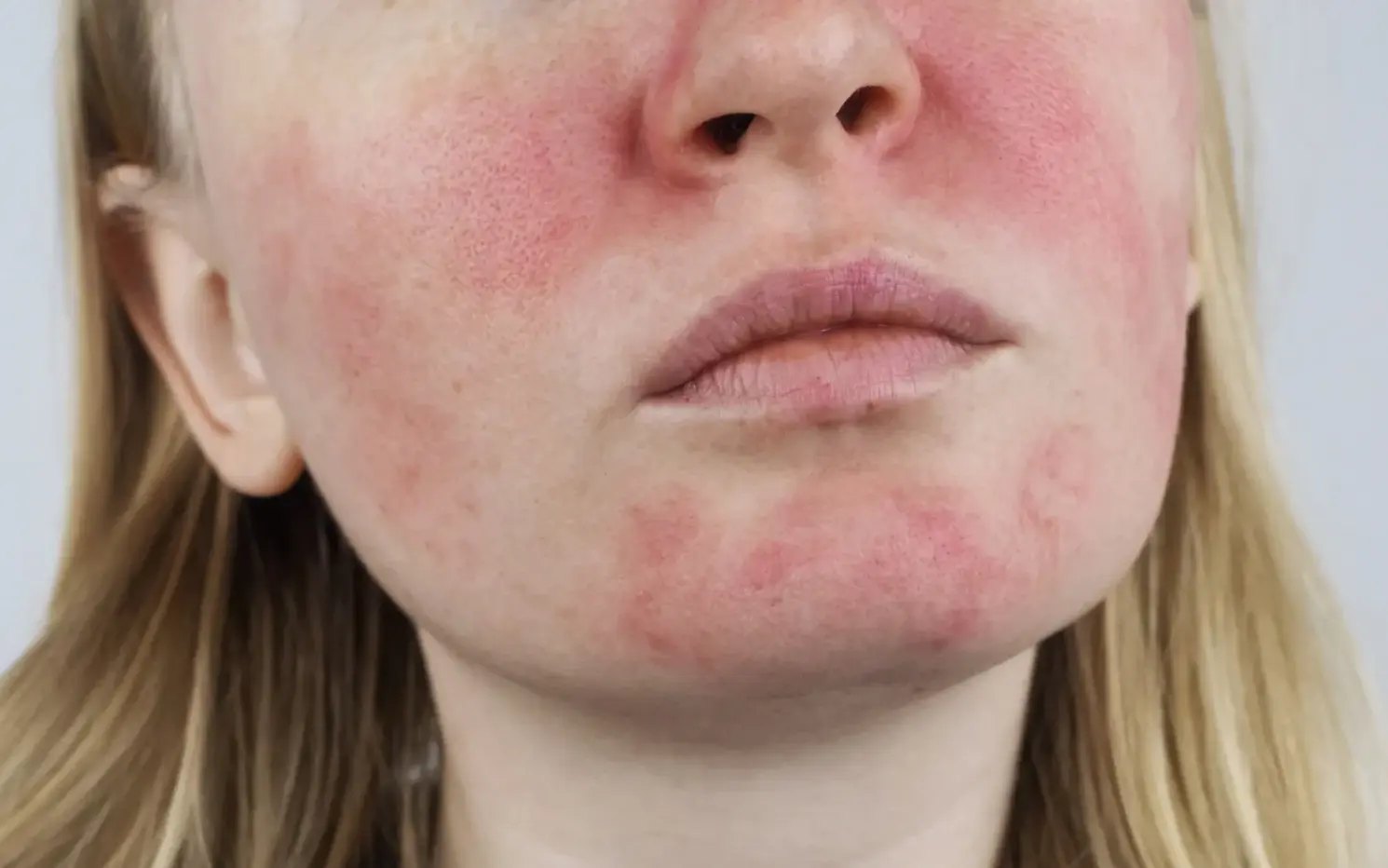Table of Contents
When it comes to skincare, many of us are on a quest for that perfect product—something that will clear up blemishes, reduce wrinkles, or enhance our overall glow. But what happens when you start using a new product and your skin turns red? You might have heard the saying, “If your skin is red, it means the product is working.” This phrase can be misleading and potentially harmful. Let’s explore the reality behind skin redness, its implications for product effectiveness, and how to approach skincare with care.
Understanding Skin Redness
Skin redness, or erythema, can result from various factors. It can be a natural reaction to a new product, but it can also indicate irritation, inflammation, or an allergic response. Here’s a closer look at the common causes of redness:
- Active Ingredients: Many skincare products contain active ingredients like retinoids, alpha hydroxy acids (AHAs), and beta hydroxy acids (BHAs). These compounds can promote cell turnover and exfoliation, which may lead to temporary redness as the skin adjusts.
- Allergic Reactions: Some individuals may develop redness as a sign of an allergy to specific ingredients in a product. This is often accompanied by other symptoms, such as itching or swelling.
- Irritation: Harsh ingredients or excessive exfoliation can irritate the skin, resulting in redness. This issue is particularly common for individuals with sensitive skin.
- Inflammation: Conditions like rosacea, eczema, or acne can cause chronic redness. In these cases, using products that trigger these conditions can exacerbate the problem.
Is Redness a Good Sign?
While some redness can be a normal part of the skin’s adjustment to new products, it’s essential to distinguish between what’s acceptable and what isn’t. Here are some points to consider:
- Temporary vs. Persistent Redness: If your skin turns red but quickly returns to its normal color, it may indicate a mild reaction or adjustment. However, if redness persists, it could signal irritation or an allergic reaction.
- Accompanied Symptoms: If redness comes with burning, itching, or peeling, it’s a red flag. These symptoms often suggest that your skin is reacting negatively to the product, and you should discontinue use.
- Skin Type Matters: Different skin types react differently. For example, sensitive skin may react more severely to new products, while oily skin might handle active ingredients better. Understanding your skin type can help you gauge what level of redness is acceptable.
When to Be Concerned
It’s crucial to listen to your skin. Here are some signs that the redness might be a cause for concern:
-
- Persistent Redness: If redness doesn’t fade after a few hours or days, it could indicate that the product isn’t suitable for your skin.
- Severe Discomfort: Any burning, stinging, or itching should not be ignored. These are signs that the product is likely causing irritation.
- Worsening Conditions: If you have pre-existing skin conditions, such as rosacea or eczema, and you notice increased redness or flare-ups after using a new product, it’s best to stop using it and consult a provider.
Finding the Right Balance
So, if redness isn’t always a sign that a product is working, what should you do when trying new skincare? Here are some tips for navigating this often confusing territory:
- Patch Test First: Perform a patch test before introducing a new product into your skincare routine. Apply a small amount to an inconspicuous area of your skin (like behind your ear or on your wrist) and wait 24 hours to see if any redness or irritation develops.
- Introduce Products Gradually: Instead of switching up your entire skincare routine at once, introduce new products one at a time. This approach allows you to monitor how your skin reacts to each product individually.
- Read Labels: Be mindful of ingredients. If you have sensitive skin, look for products labeled as “fragrance-free” or “hypoallergenic.” Avoid known irritants, such as alcohol or strong acids, especially when trying something new.
- Stay Hydrated: A well-hydrated skin barrier is less prone to irritation. Incorporate a good moisturizer into your routine, especially when using active ingredients.
- Consult a Professional: If you’re unsure whether a product is suitable for your skin, or if you experience persistent redness, don’t hesitate to consult a provider. They can offer tailored recommendations that address your skin type and individual concerns.
Conclusion
The belief that “if your skin is red, it means the product is working” is a misconception that can lead to unnecessary discomfort and potential damage. While some redness can indicate that your skin is adjusting to new ingredients, it’s essential to differentiate between healthy reactions and signs of irritation or allergic responses.
Skincare should be a positive and nurturing experience, not one that leaves your skin inflamed or uncomfortable. By being mindful of your skin’s reactions, conducting patch tests, and seeking professional advice when needed, you can build a routine that enhances your natural beauty without compromising your skin’s health. Remember, your skin deserves care, not confusion!





